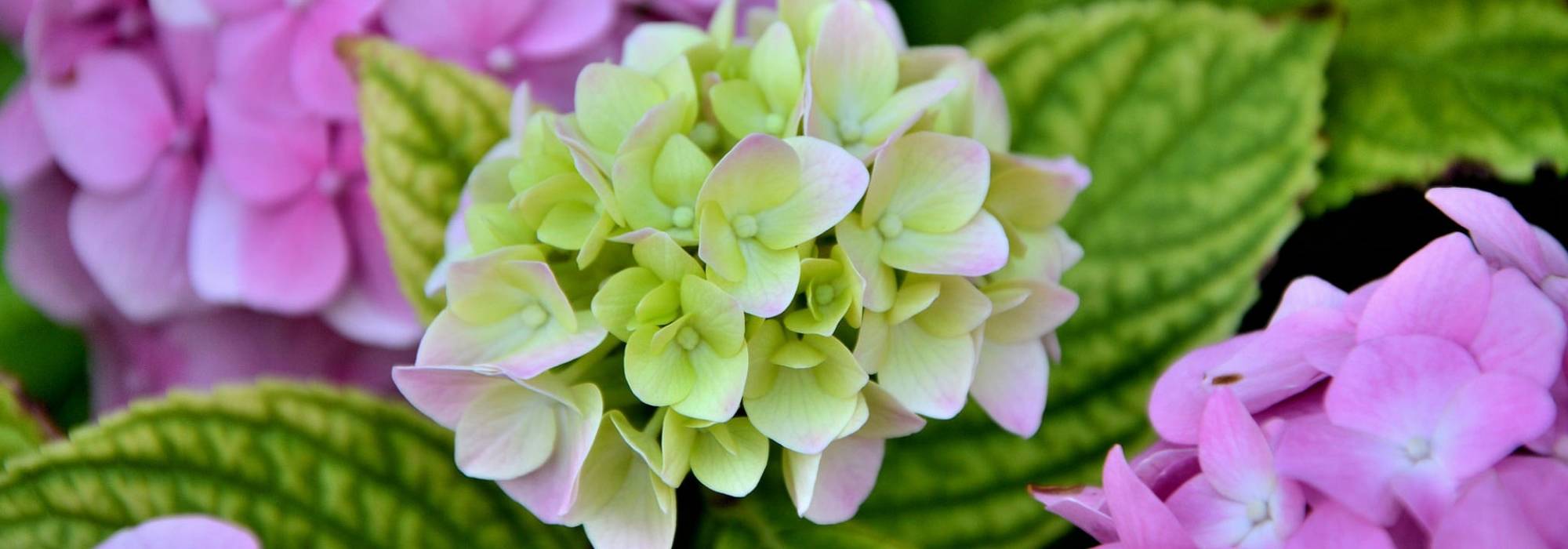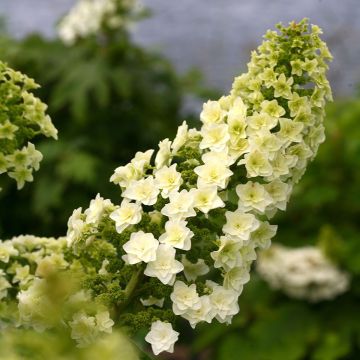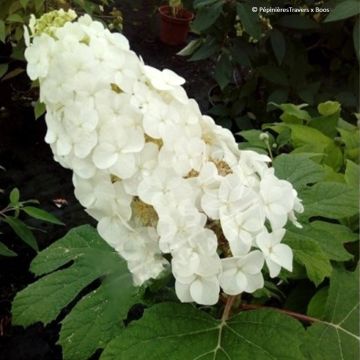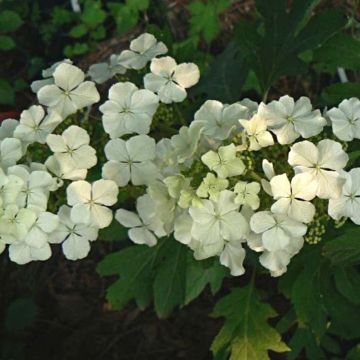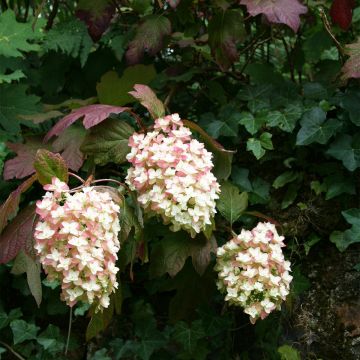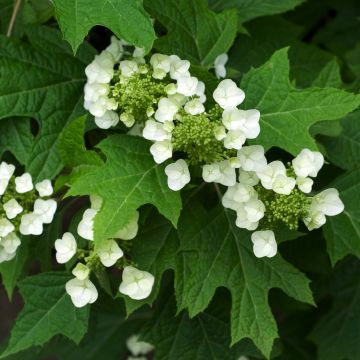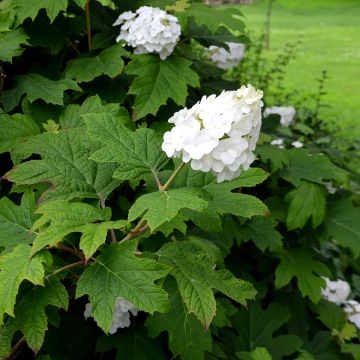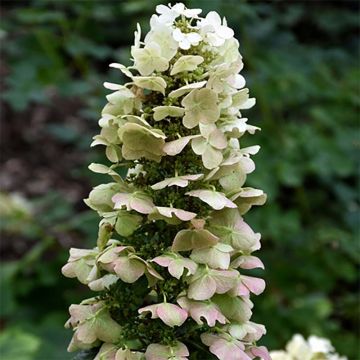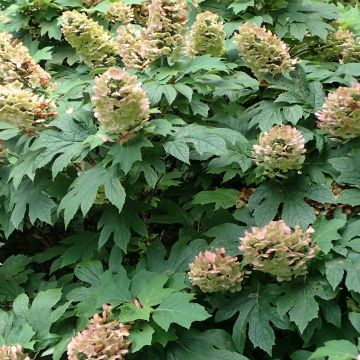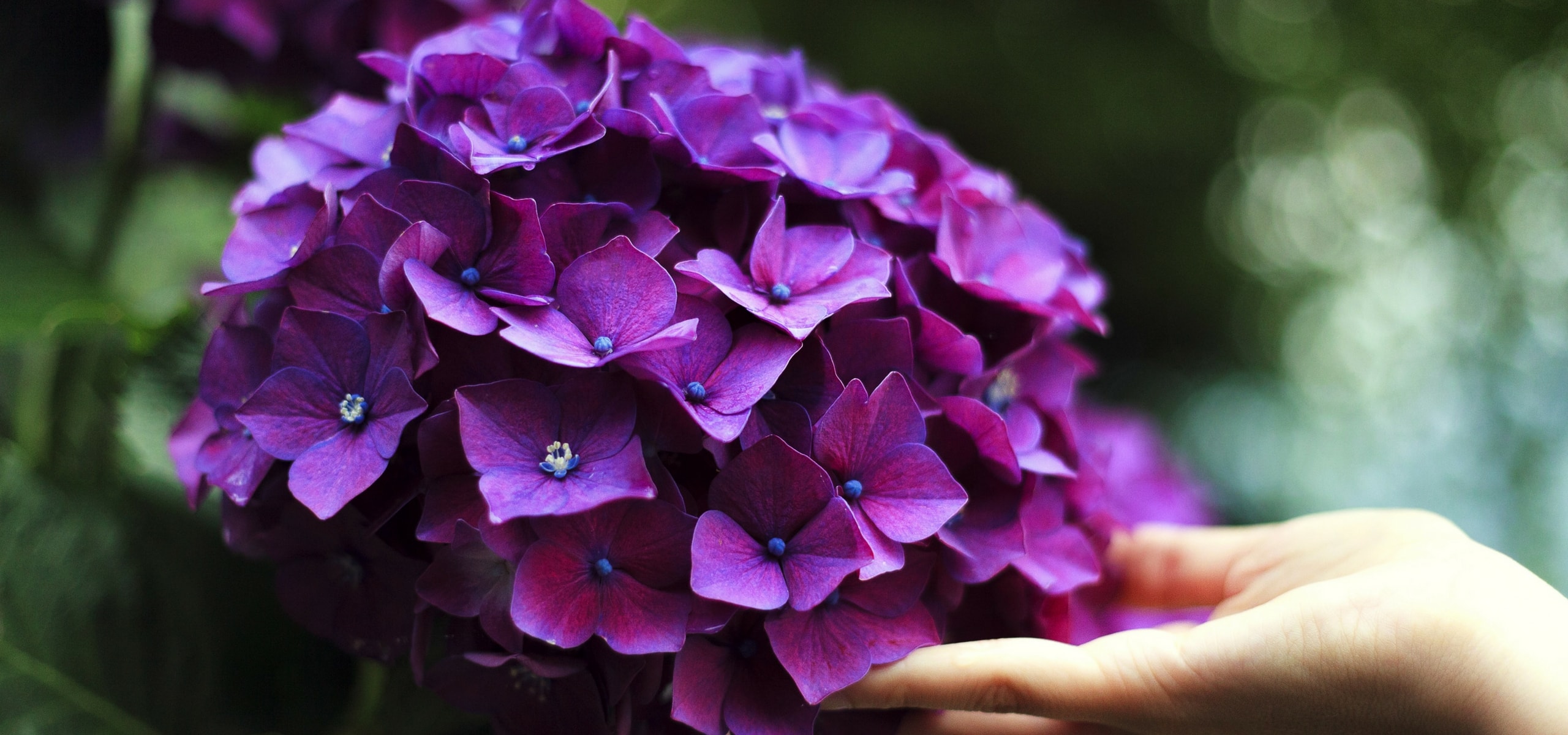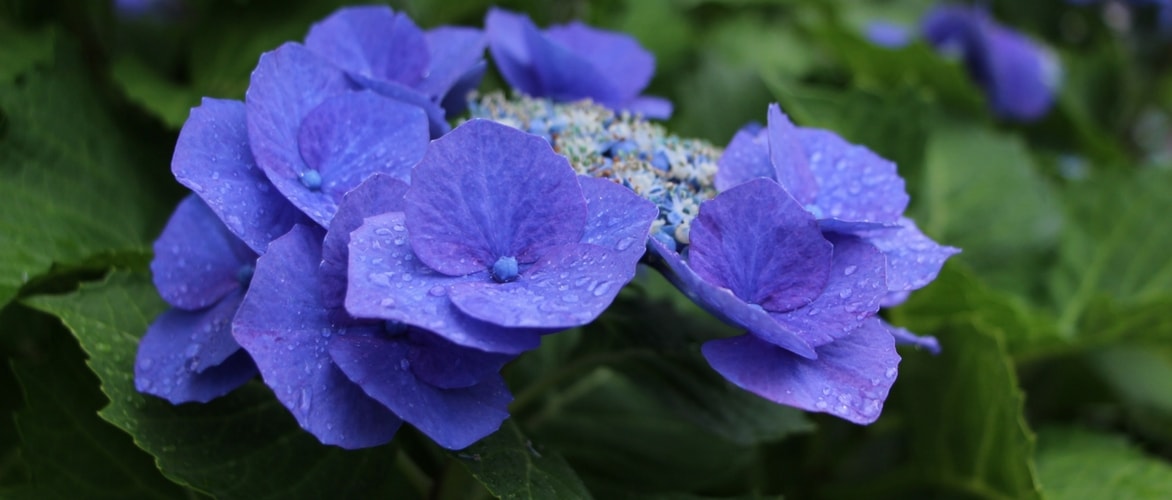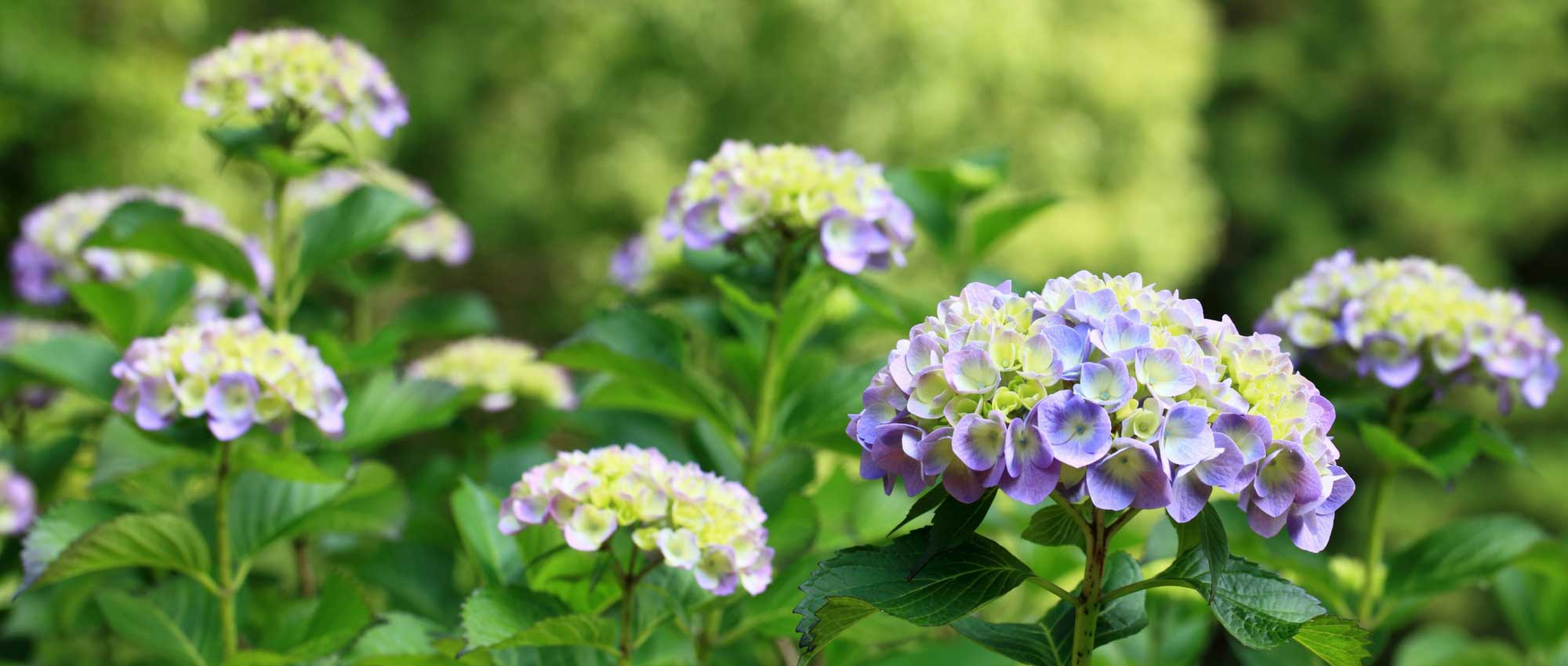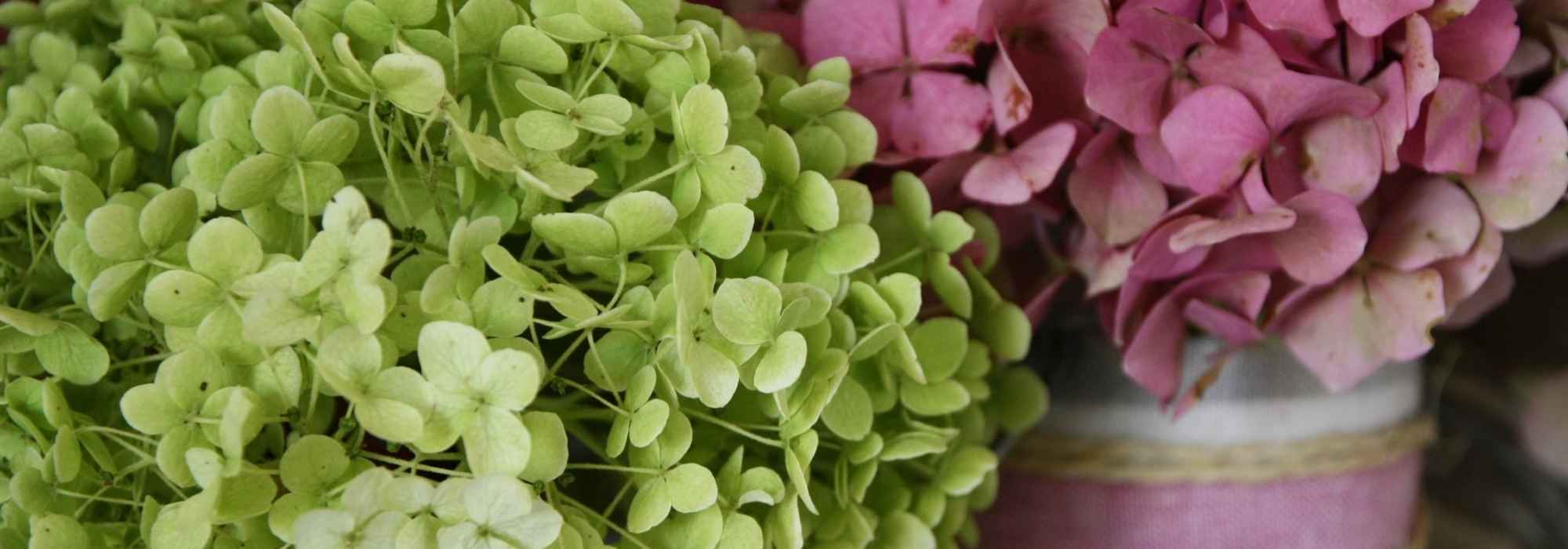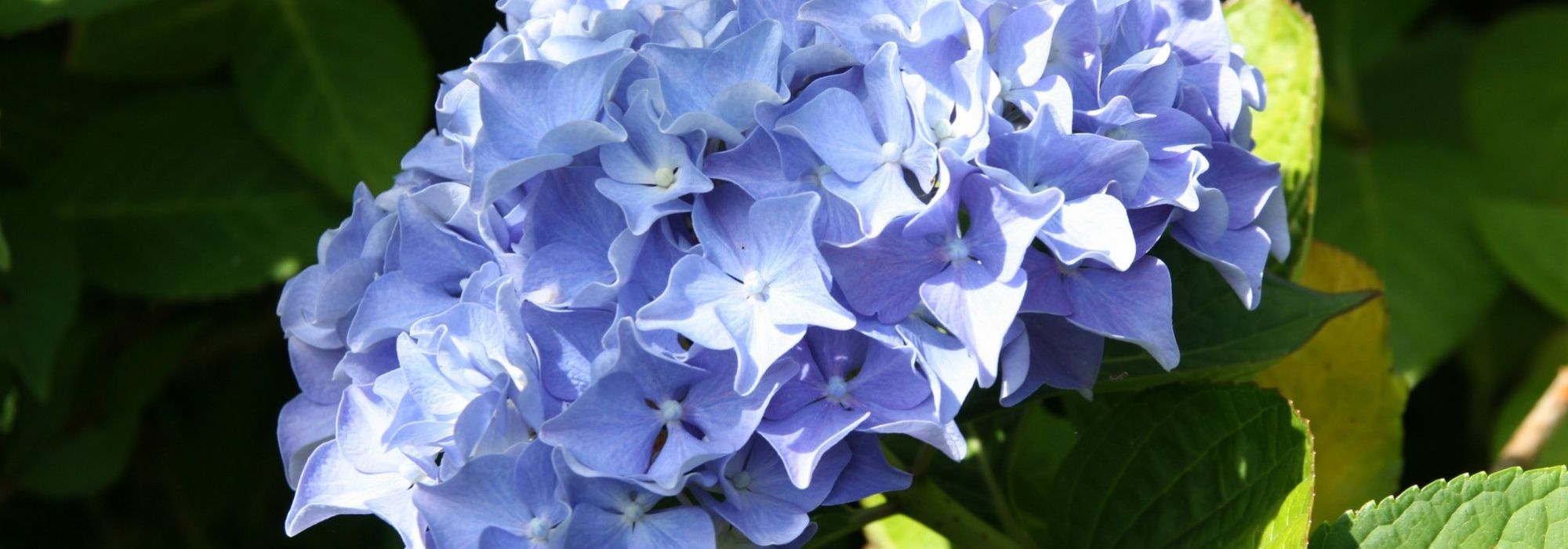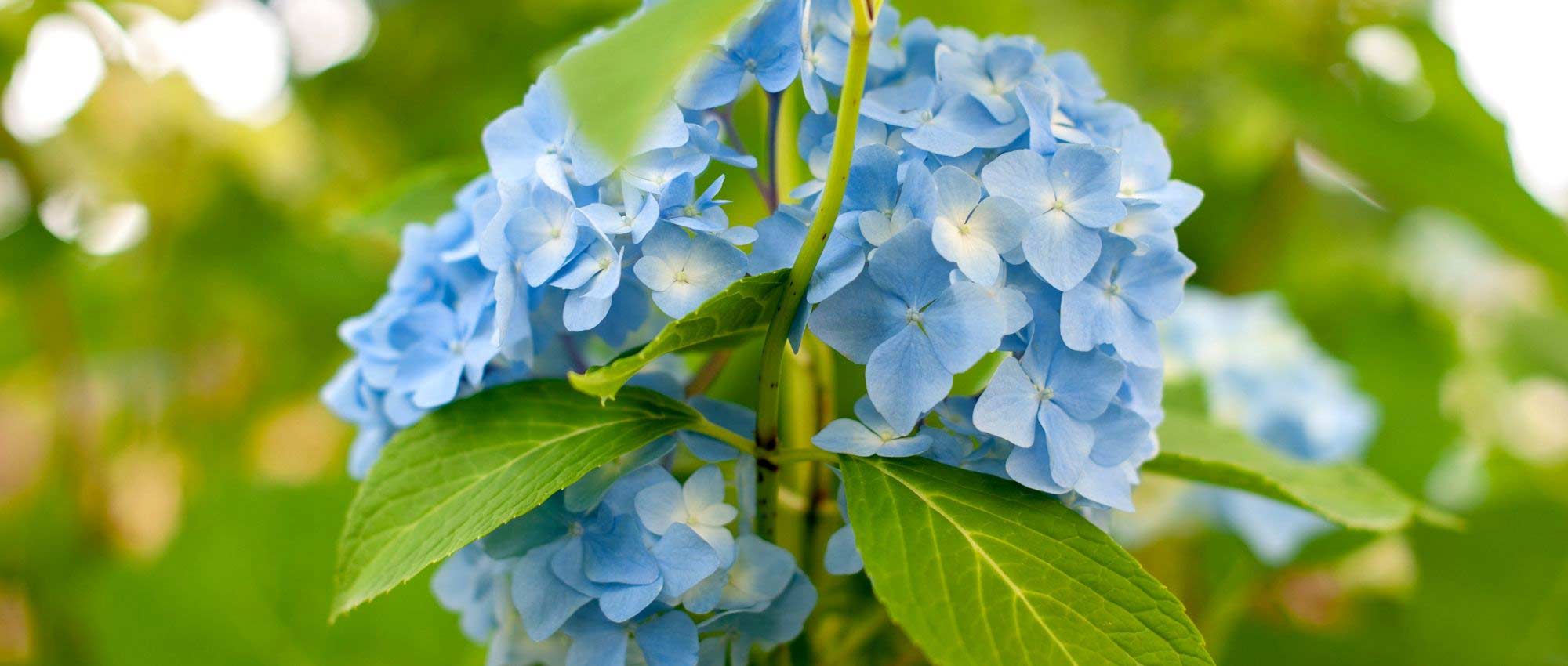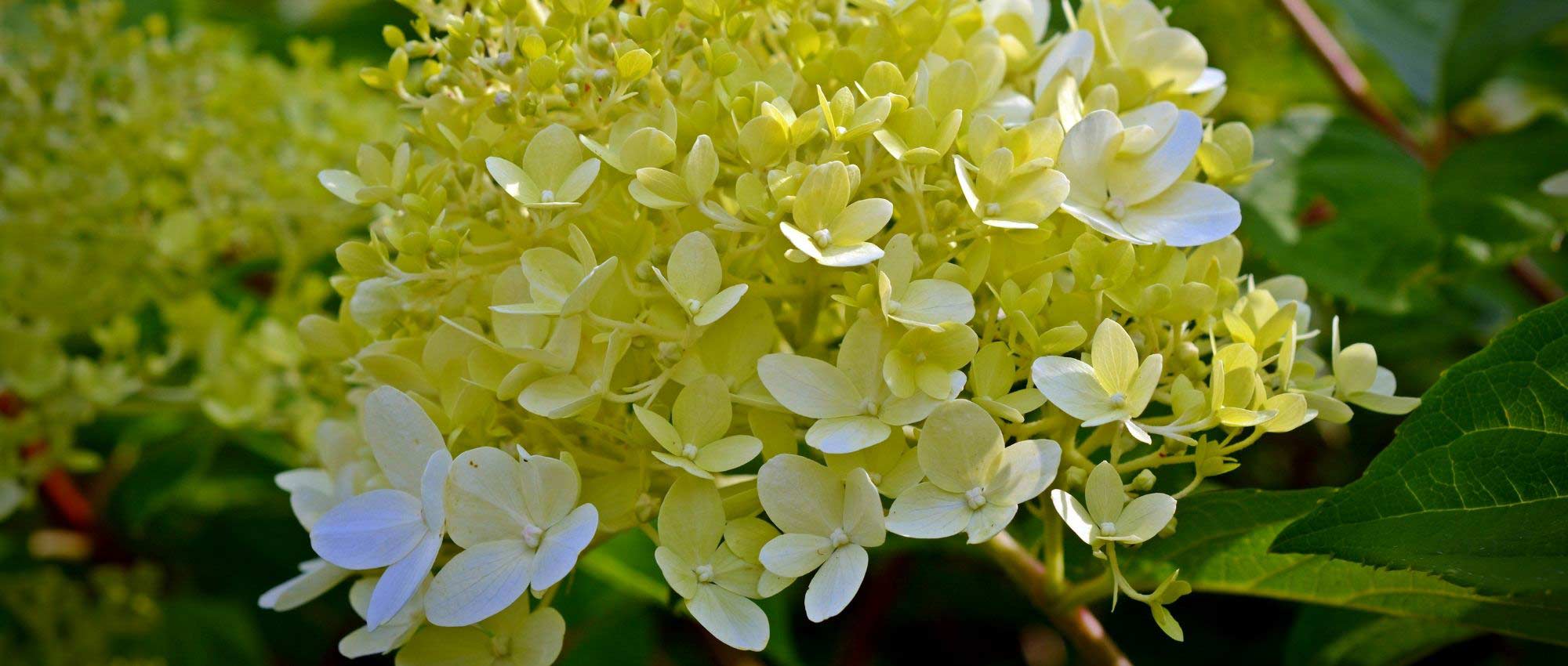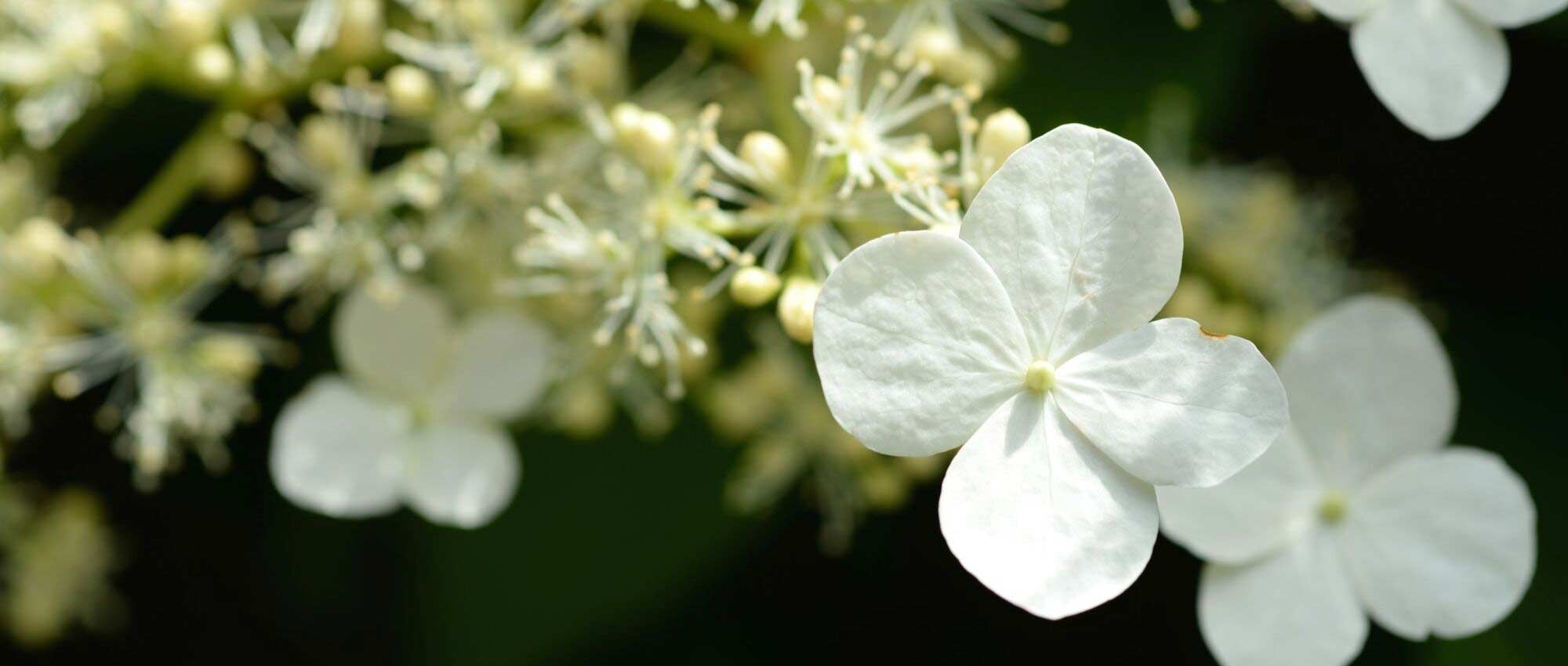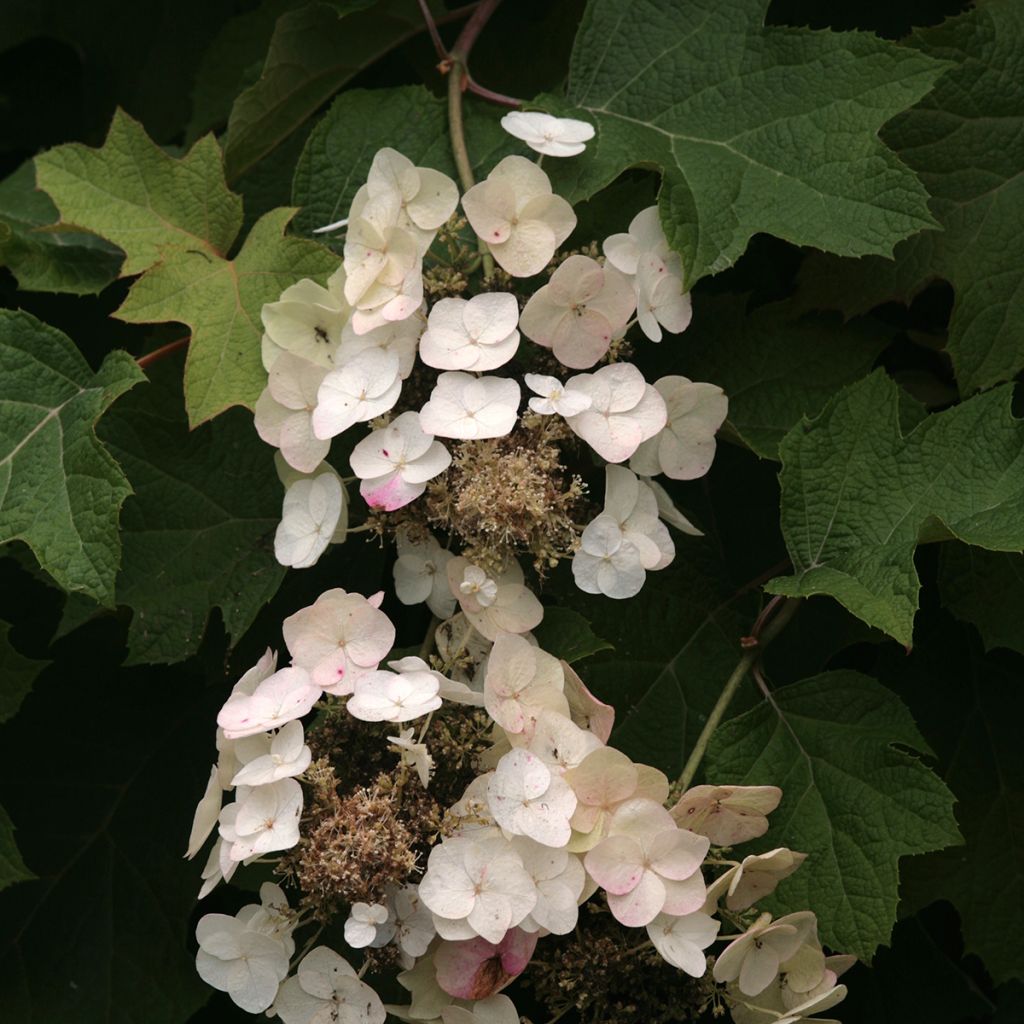

Hydrangea quercifolia Burgundy
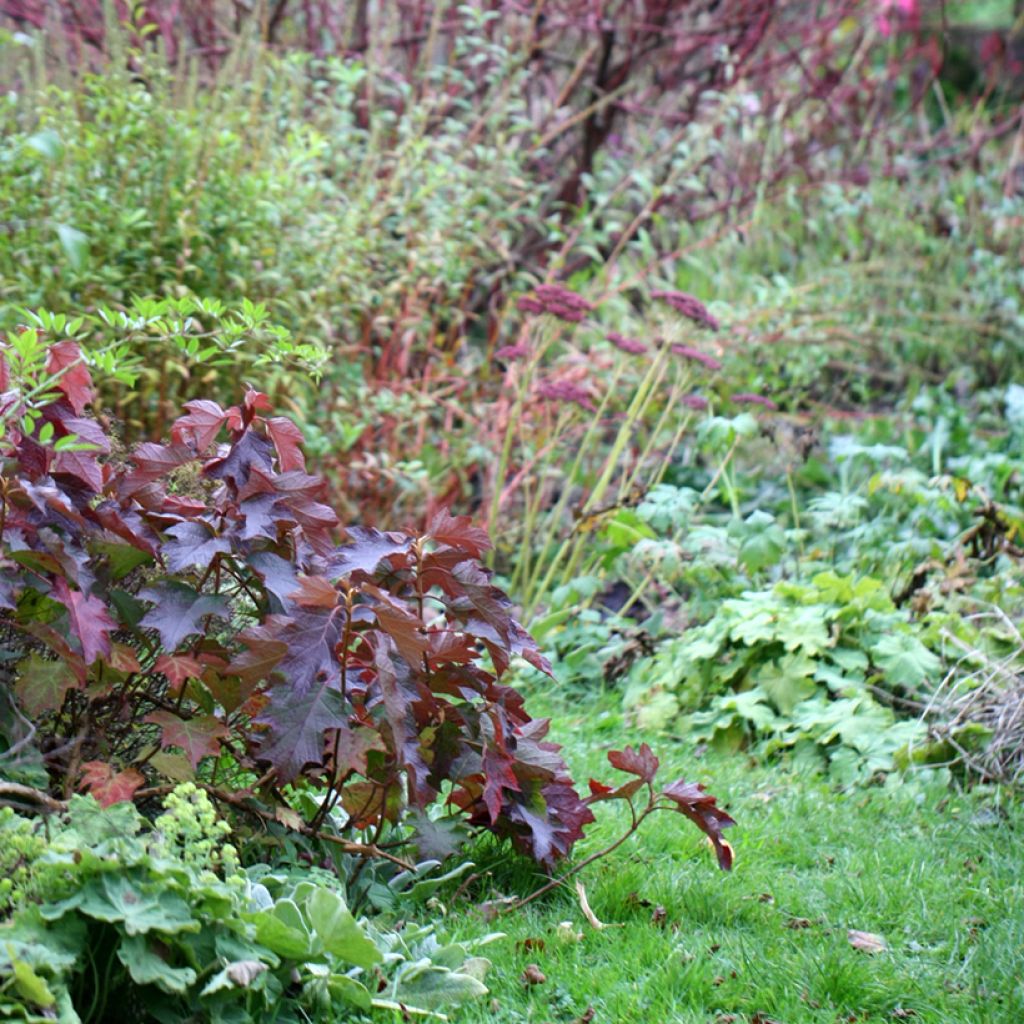

Hydrangea quercifolia Burgundy
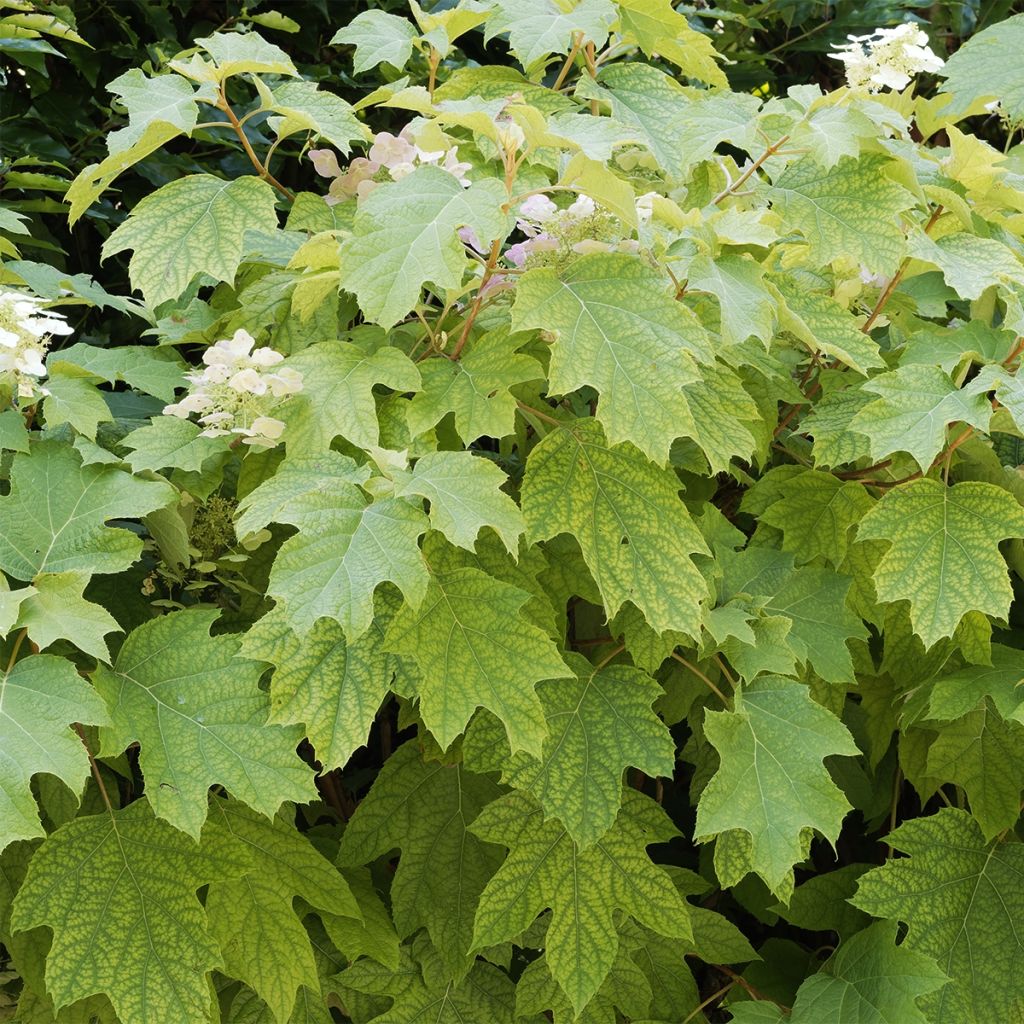

Hydrangea quercifolia Burgundy
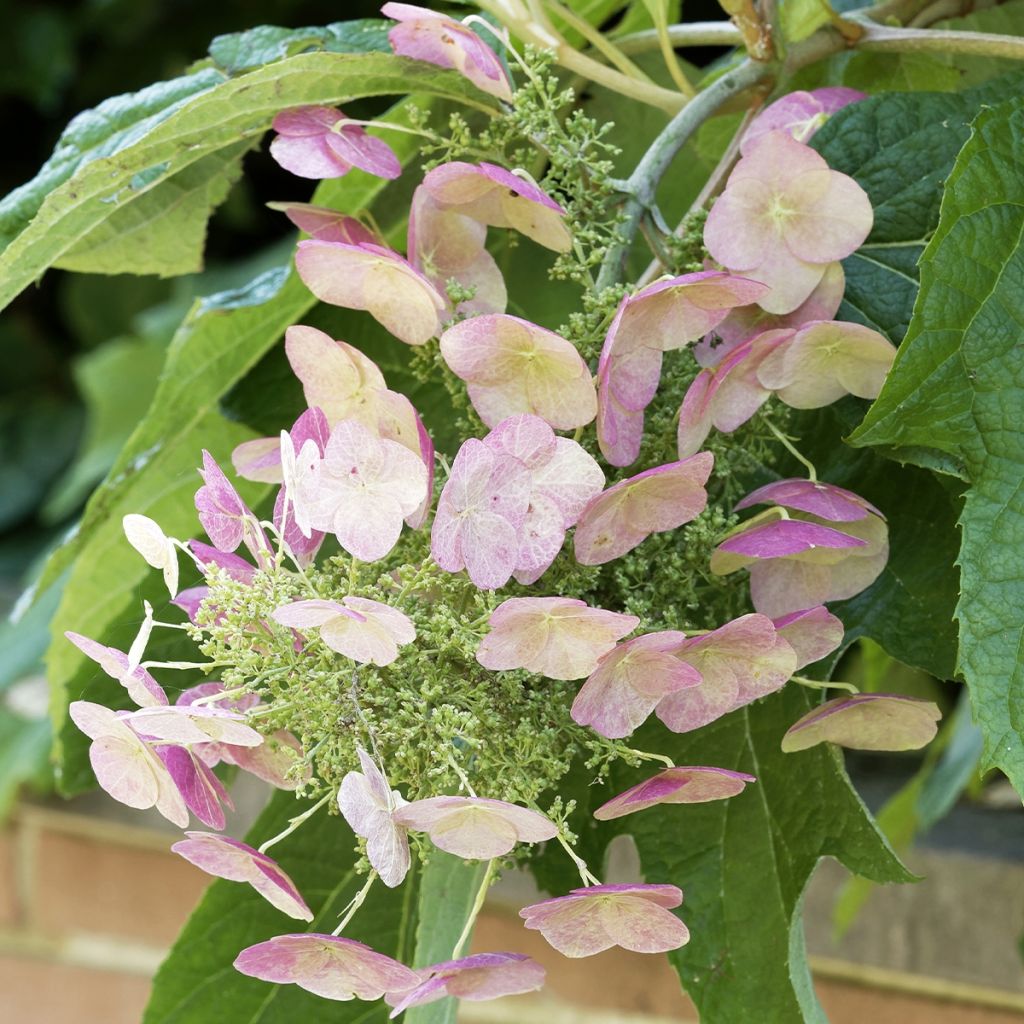

Hydrangea quercifolia Burgundy
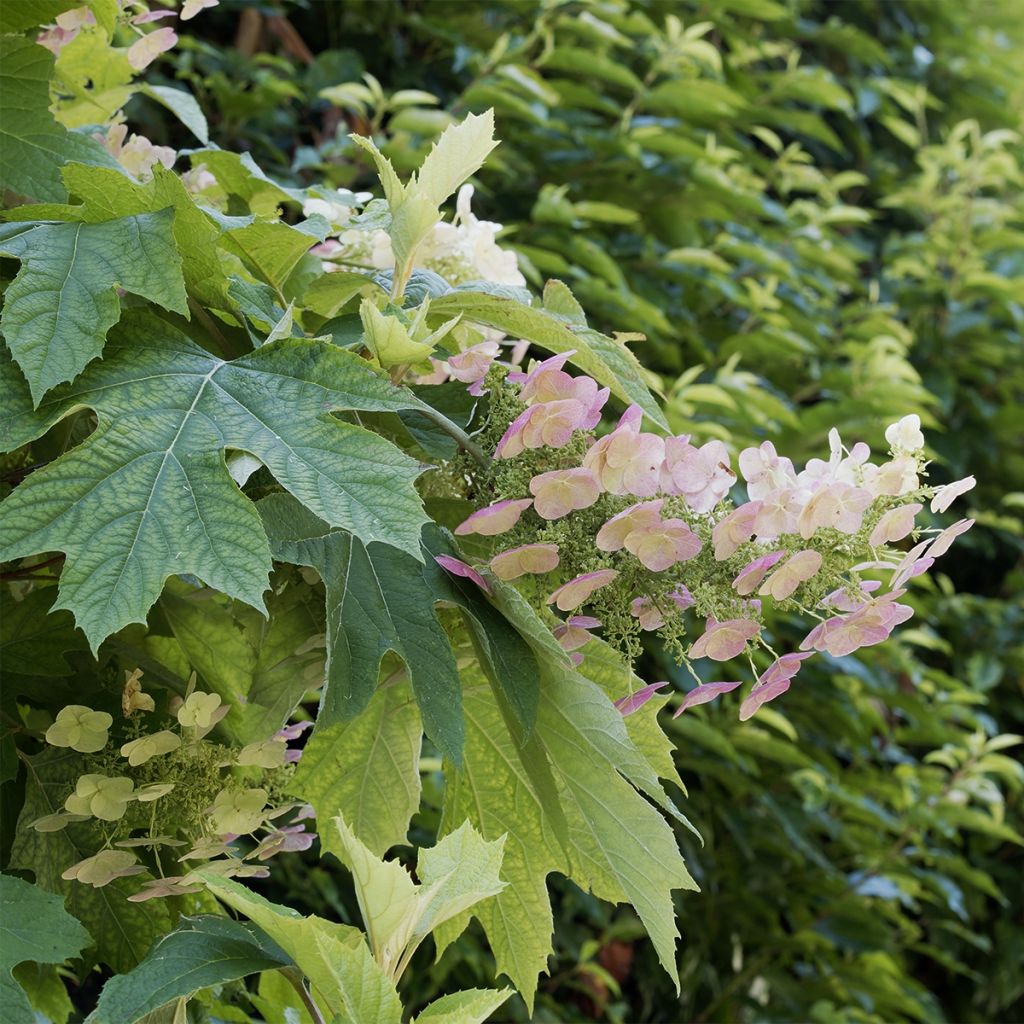

Hydrangea quercifolia Burgundy
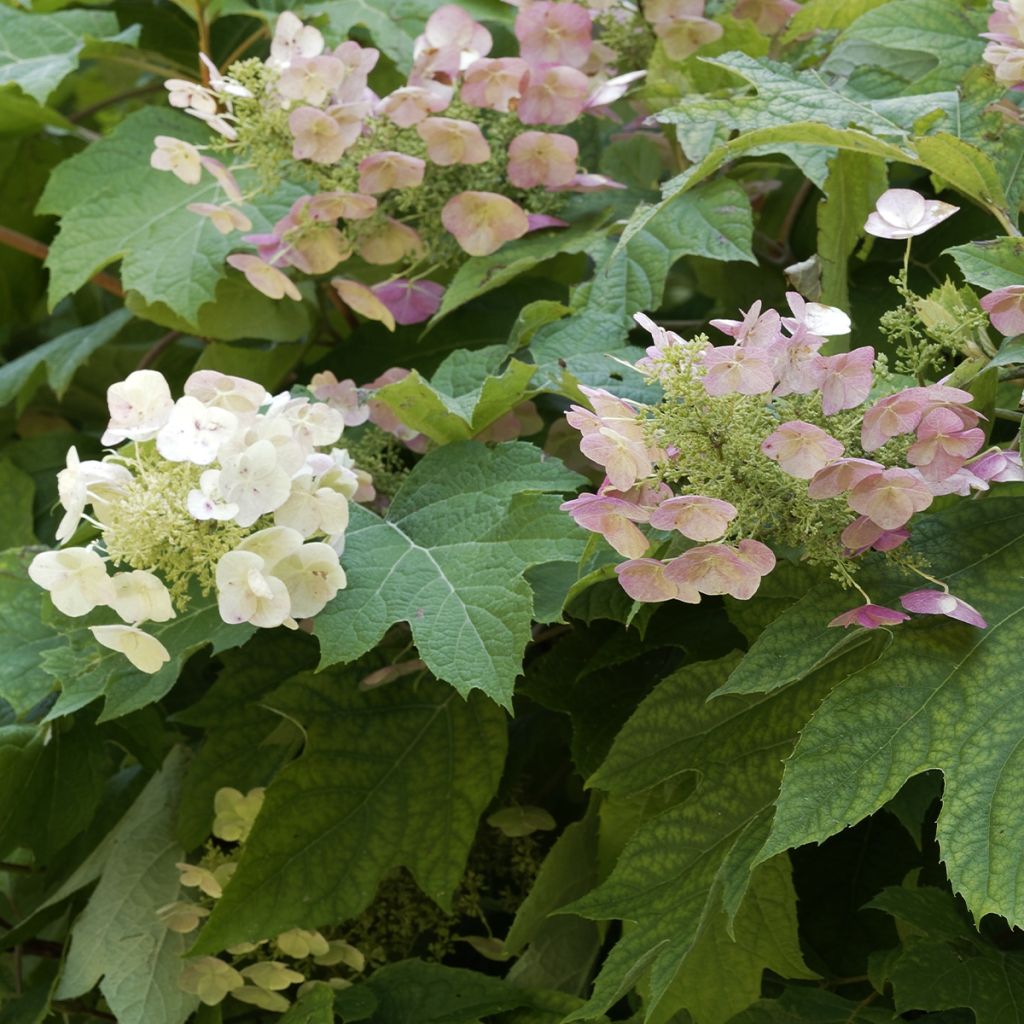

Hydrangea quercifolia Burgundy
Hydrangea quercifolia Burgundy
Hydrangea quercifolia Burgundy
Oakleaf Hydrangea, Oak-leaved Hydrangea
I was very scared when I received the package (lying down and no indication of any special precautions or fragile markings on the packaging). Luckily, cleverly packaged, the hydrangea hadn't suffered too much from this flat transportation. I crossed my fingers for its recovery and it turned out to be excellent. It has grown well and is currently very beautiful. Now it has to go through the summer and the drought, but that's another story.
Laurent F. , 16/06/2023
Special offer!
Receive a €20 voucher for any order over €90 (excluding delivery costs, credit notes, and plastic-free options)!
1- Add your favorite plants to your cart.
2- Once you have reached €90, confirm your order (you can even choose the delivery date!).
3- As soon as your order is shipped, you will receive an email containing your voucher code, valid for 3 months (90 days).
Your voucher is unique and can only be used once, for any order with a minimum value of €20, excluding delivery costs.
Can be combined with other current offers, non-divisible and non-refundable.
Home or relay delivery (depending on size and destination)
Schedule delivery date,
and select date in basket
This plant carries a 24 months recovery warranty
More information
We guarantee the quality of our plants for a full growing cycle, and will replace at our expense any plant that fails to recover under normal climatic and planting conditions.
Would this plant suit my garden?
Set up your Plantfit profile →
Description
Hydrangea quercifolia 'Burgundy' is an oakleaf hydrangea that remains compact, rarely exceeding 1.4 m (4 ft 7 in) in height. Like the type species, it displays large, particularly decorative cut leaves due to their atypical appearance. In autumn, they take on an even more vivid colour than in the original botanical species. Its second strong point is its flowers in large white panicles (up to 25 cm (9.8 inches)), which last over several months in summer. Adapting to many soil and sunlight conditions, even accepting a little limestone unlike most other Hydrangeas, it is an easy-to-grow shrub and well suited to small gardens.
Hydrangea quercifolia, from the Hydrangeaceae family, is mainly native to the southwestern United States, particularly the Mississippi Valley. It is found growing on cliffs, in wet woods, ravines and on the banks of rivers, from Georgia to Louisiana, passing through Florida. It is a large deciduous shrub which can reach 4 m (13 ft) in height in its natural habitat and widens by producing shoots up to 3.5 m (11 ft) wide. It is characterised by a deep root system, and large lobed leaves, the appearance of which is said to resemble the leaves of the American red oak (Quercus rubra). In reality, the leaves of the latter are more thread-like and much smoother. Those of the Hydrangea are wide and their surface a little rough, with more marked veins. It is appreciated for its superb autumn colours and its flowering in large, upright, compound white panicles composed of small powdery fertile flowers surrounded by larger sterile florets, which turn pink at the end of the season. In the garden, it is one of the easiest hydrangeas to grow: it is hardy below -20 °C (-4 °F), tolerates a little limestone in the soil, and copes with heat and occasionally dry soils in summer if they are deep. Capable of thriving in the sun, it also grows well in partial shade.
This 'Burgundy' variety generally has the same characteristics except that it is much less voluminous than the type species which tends to spread wide! This variety will reach about 1.2 m (3 ft 11 in) in all directions in 5 years and 1.4 m (4 ft 7 in) in 10 years. As it also tolerates pruning well, it can be grown in a decorative pot, watering it quite regularly, as it will not be able to draw water from deep down. However, this Hydrangea will look nicer in the ground, where it will branch out better and can do without watering after the first few years of planting. It is a low-maintenance plant and so a spring cleaning pruning is enough to remove the faded inflorescences from the previous autumn. Its other asset is that it colours more strongly than the type species to take on a Burgundy-red hue (hence its name, Burgundy).
Hydrangea quercifolia 'Burgundy' appreciates slightly sunny exposures which accentuate its autumn colours and the number of its flowers: light filtered through the foliage of trees or even shade in a hot climate. It is easily used in flower beds, not encroaching on its neighbours like the type species. It can be combined with other hydrangeas, but also with many other shrubs that grow in neutral soils. As it flowers in summer from June to August, it can be joined by shrubs with spring flowering. The flamboyant Forsythia Mikador, with its yellow flowers in March-April, will be a good flower bed companion, combined with the very pretty Weigela florida Magical Rainbow, whose pink flowers will take over in May-June, preceding that of 'Burgundy'. Its yellow variegated foliage will also form a very pretty contrast in shape and colour. To last until the end of the summer, the flowers of one of the many varieties of Lagerstroemia will allow you to enjoy an attractive flower bed throughout the season. And by choosing a variety with purple foliage, you will further enhance its aesthetic appeal.
Hydrangea quercifolia Burgundy in pictures


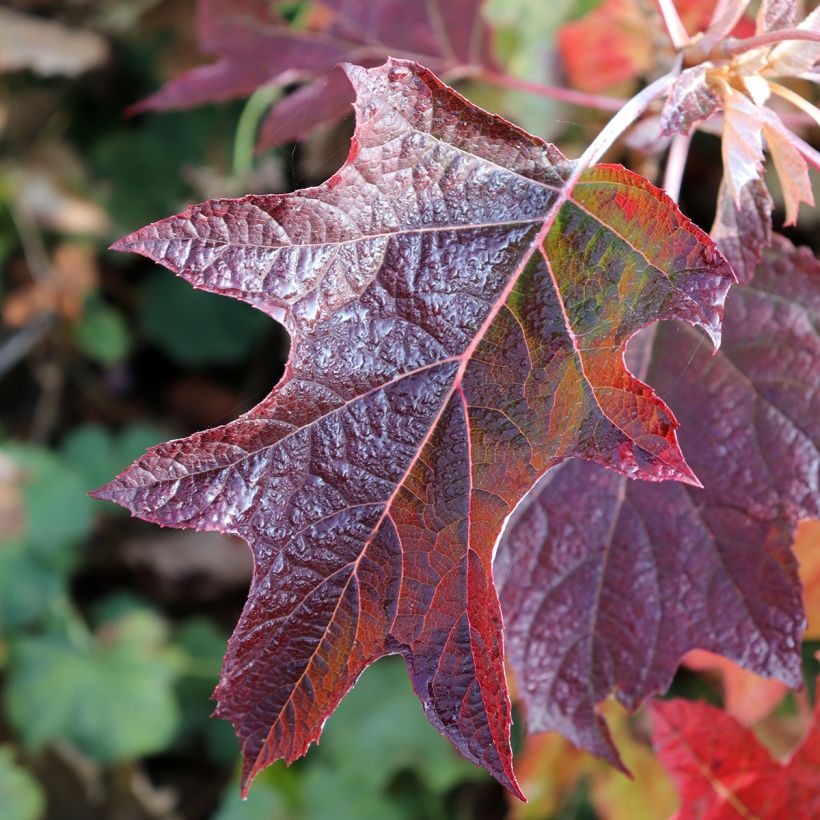

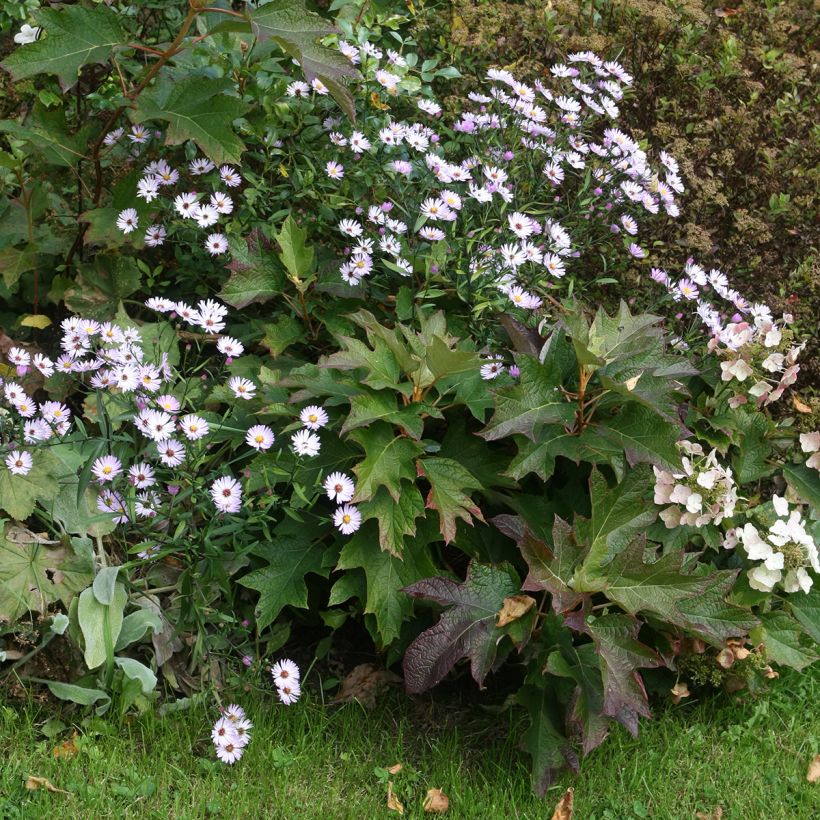

Plant habit
Flowering
Foliage
Botanical data
Hydrangea
quercifolia
Burgundy
Hydrangeaceae
Oakleaf Hydrangea, Oak-leaved Hydrangea
Cultivar or hybrid
Other Hydrangea Quercifolia
View all →Planting and care
This Hydrangea requires a sunny exposure to enhance its autumn colours, but fears overly scorching exposures: morning sun or the shade of a large tree during the hottest hours are preferable, especially in very sunny and very hot regions. It prefers a humus-rich, neutral to acidic soil, but tolerates the presence of limestone in the soil better than other hydrangeas after careful planting. On the other hand, it does not tolerate compact and poorly drained soils that impair its hardiness and hinder the development of its roots, which can go deep into the soil.
Prepare a pit filled with a mixture of leaf compost and loose garden soil. When planting, install it in deeply worked soil. A good base fertiliser (horn or dehydrated blood) will aid the recovery of your young plant and nourish it without risk of burning. If your soil tends to be very dry in summer, mix a water retainer with the soil when filling the planting hole and provide a surface watering basin. Once well established, this Hydrangea does not need any watering in summer.
At the end of summer, we advise you not to cut the dry inflorescences which will protect the terminal shoots of the branches in winter; you should cut all the dry flowers at the end of February or on the first summer days. The oakleaf hydrangea's resistance to cold is very good, but very young plants whose branches are still soft (non-lignified) are more sensitive.
Planting period
Intended location
Care
Planting & care advice
-
, onOrder confirmed
Reply from on Promesse de fleurs
Haven't found what you were looking for?
Hardiness is the lowest winter temperature a plant can endure without suffering serious damage or even dying. However, hardiness is affected by location (a sheltered area, such as a patio), protection (winter cover) and soil type (hardiness is improved by well-drained soil).

Photo Sharing Terms & Conditions
In order to encourage gardeners to interact and share their experiences, Promesse de fleurs offers various media enabling content to be uploaded onto its Site - in particular via the ‘Photo sharing’ module.
The User agrees to refrain from:
- Posting any content that is illegal, prejudicial, insulting, racist, inciteful to hatred, revisionist, contrary to public decency, that infringes on privacy or on the privacy rights of third parties, in particular the publicity rights of persons and goods, intellectual property rights, or the right to privacy.
- Submitting content on behalf of a third party;
- Impersonate the identity of a third party and/or publish any personal information about a third party;
In general, the User undertakes to refrain from any unethical behaviour.
All Content (in particular text, comments, files, images, photos, videos, creative works, etc.), which may be subject to property or intellectual property rights, image or other private rights, shall remain the property of the User, subject to the limited rights granted by the terms of the licence granted by Promesse de fleurs as stated below. Users are at liberty to publish or not to publish such Content on the Site, notably via the ‘Photo Sharing’ facility, and accept that this Content shall be made public and freely accessible, notably on the Internet.
Users further acknowledge, undertake to have ,and guarantee that they hold all necessary rights and permissions to publish such material on the Site, in particular with regard to the legislation in force pertaining to any privacy, property, intellectual property, image, or contractual rights, or rights of any other nature. By publishing such Content on the Site, Users acknowledge accepting full liability as publishers of the Content within the meaning of the law, and grant Promesse de fleurs, free of charge, an inclusive, worldwide licence for the said Content for the entire duration of its publication, including all reproduction, representation, up/downloading, displaying, performing, transmission, and storage rights.
Users also grant permission for their name to be linked to the Content and accept that this link may not always be made available.
By engaging in posting material, Users consent to their Content becoming automatically accessible on the Internet, in particular on other sites and/or blogs and/or web pages of the Promesse de fleurs site, including in particular social pages and the Promesse de fleurs catalogue.
Users may secure the removal of entrusted content free of charge by issuing a simple request via our contact form.
The flowering period indicated on our website applies to countries and regions located in USDA zone 8 (France, the United Kingdom, Ireland, the Netherlands, etc.)
It will vary according to where you live:
- In zones 9 to 10 (Italy, Spain, Greece, etc.), flowering will occur about 2 to 4 weeks earlier.
- In zones 6 to 7 (Germany, Poland, Slovenia, and lower mountainous regions), flowering will be delayed by 2 to 3 weeks.
- In zone 5 (Central Europe, Scandinavia), blooming will be delayed by 3 to 5 weeks.
In temperate climates, pruning of spring-flowering shrubs (forsythia, spireas, etc.) should be done just after flowering.
Pruning of summer-flowering shrubs (Indian Lilac, Perovskia, etc.) can be done in winter or spring.
In cold regions as well as with frost-sensitive plants, avoid pruning too early when severe frosts may still occur.
The planting period indicated on our website applies to countries and regions located in USDA zone 8 (France, United Kingdom, Ireland, Netherlands).
It will vary according to where you live:
- In Mediterranean zones (Marseille, Madrid, Milan, etc.), autumn and winter are the best planting periods.
- In continental zones (Strasbourg, Munich, Vienna, etc.), delay planting by 2 to 3 weeks in spring and bring it forward by 2 to 4 weeks in autumn.
- In mountainous regions (the Alps, Pyrenees, Carpathians, etc.), it is best to plant in late spring (May-June) or late summer (August-September).
The harvesting period indicated on our website applies to countries and regions in USDA zone 8 (France, England, Ireland, the Netherlands).
In colder areas (Scandinavia, Poland, Austria...) fruit and vegetable harvests are likely to be delayed by 3-4 weeks.
In warmer areas (Italy, Spain, Greece, etc.), harvesting will probably take place earlier, depending on weather conditions.
The sowing periods indicated on our website apply to countries and regions within USDA Zone 8 (France, UK, Ireland, Netherlands).
In colder areas (Scandinavia, Poland, Austria...), delay any outdoor sowing by 3-4 weeks, or sow under glass.
In warmer climes (Italy, Spain, Greece, etc.), bring outdoor sowing forward by a few weeks.






























